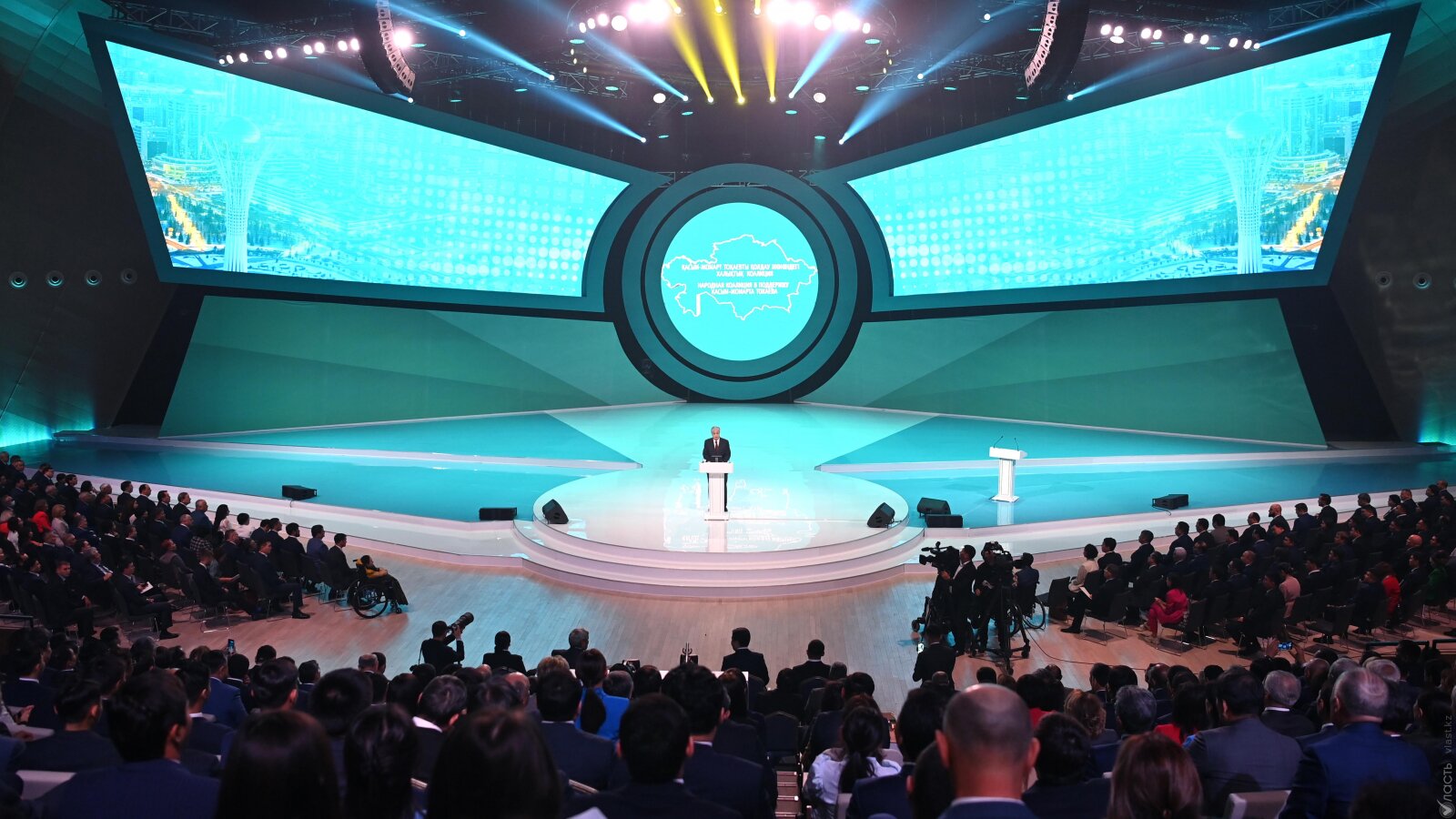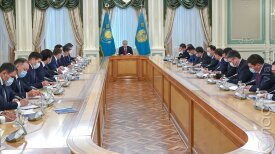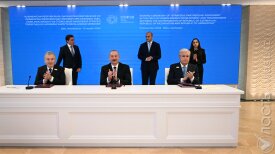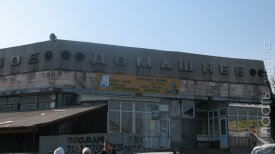Since becoming president in 2019, Kassym-Jomart Tokayev has constantly appealed to the concept of justice. To the various popular protests against injustice, he responded by creating institutions allegedly designed to restore justice. In reality, however, these institutions were only simulations and social problems remained.
Before the first presidential elections without Nursultan Nazarbayev, the popular demand for an open platform was addressed by Tokayev with the creation of the National Council of Public Trust. Yet, this Council is closed to those who are not affiliated with the government and only discusses those issues that Tokayev’s administration raises.
To the demand for a coherent program of reforms, Tokayev answered by creating the Agency for Strategic Planning and Reforms. Bureaucrats from Nazarbayev times filled the top positions at this Agency and reproduced his logic of “development” in their work. The January Events proved that this approach only leads to the aggravation of social problems.
The Kazakhstan Khalkyna Fund is supposed to “strengthen the feeling of social justice among citizens,” yet it is missing a real redistributive policy. The ruling Amanat party was also reformed by Tokayev in an effort to convince the people that this is a new organization, independent of him.
Nazarbayev mastered the practice of creating “imitative institutions.” One of the most recent examples was the creation of the infamous Land Reform Commission to silence popular protests in 2016.
For a long time now, Tokayev’s concept of justice remained an empty slogan. On paper, in his new electoral program, it acquired a more defined meaning: Justice also means giving a new role to civil society institutions.
Paradoxically, however, Tokayev is still hampering Kazakhstani people’s attempts to build their own public institutions. When he was prime minister in the early 2000s, he insisted that self-organized political forces, a potential opposition to the Nazarbayev regime, should be dismantled.
Twenty years after, the organization of a democratic movement among the people is still considered dangerous by the authorities, who consider anyone attempting to unite the people as an enemy. These experiments were suppressed while the authorities built imitative institutions instead.
The coalition now assembled in support of Tokayev is a simulation of Kazakhstan’s society that has been built for decades in opposition to the real one.
Controlled bureaucratic apparatuses instead of political parties; a federation protecting the oligarchs against the workers instead of trade unions; puppets designed by political technologists instead of opposition candidates; random groups of people appointed from the top instead of social movements; state grants-dependent organizations instead of NGOs; extras citing Tokayev’s quotes instead of public opinion leaders.
In this light, Tokayev’s interpretation of justice turns out to be a divisive category, rather than a unifying one. What lies behind is the reproduction of imitative institutions already built under Nazarbayev.
Such a construction of society effectively punishes solidarity among citizens, because improving the lives of all without exceptions would deprive the ruling regime of its privileges. That is why Tokayev cannot avoid building this simulation of reality. Otherwise, people would become aware of their interests and create their own institutions to achieve justice for all.
Поддержите журналистику, которой доверяют.








